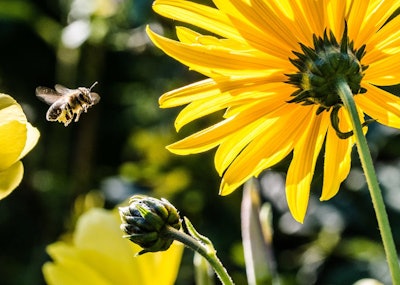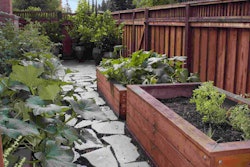 Photo: Pexels
Photo: PexelsAs a landscaper, you are one of the stewards of the environment, whether you make a big deal about it or not, but on Earth Day everyone is encouraged to participate in taking care of the environment.
Earth Day was created after U.S. Sen. Gaylord Nelson wanted to draw attention to the pollution of America’s land, air and water. Twenty million Americans from all walks of life gathered across the country on April 22, 1970, to protest the destruction of the environment. By the end of that year, the U.S. Environmental Protection Agency was formed, according to the Earth Day Network (EDN).
Since the first Earth Day, the holiday has grown to work with more than 50,000 partners in nearly 192 countries.
Earth Day 2019’s theme is “Protect Our Species.” EDN says that 2019 is a crucial year to advance and protect laws, policies, regulations and international cooperation agreements for species protection from threatened rollbacks.
As many species are facing the threat of rapid extinction due to human activity, it makes sense that only humans can work to mitigate these threats.
According to EDN, insect populations have decreased by 45 percent worldwide and 40 percent of the world’s bird species are in decline as well.
“The good news is that the rate of extinctions can still be slowed, and many of our declining, threatened and endangered species can still recover if we work together now to build a united global movement of consumers, voters, educators, faith leaders and scientists to demand immediate action,” says Kathleen Rogers, president of EDN.
Among the species that EDN lists to focus on are bees, insects, birds, plants and trees, which are all within your realm as a landscaper to help protect.
Some of the overarching threats all of these species experience are habitat destruction, invasive species and climate change.
One way you can help is to provide both shelter and sustenance for pollinators like birds and bees by creating pollinator gardens with a diverse palette of plants. Michigan State University has even created a free guide on how to protect and increase pollinators in the landscape.
“We even specify what kind of trees, shrubs and perennials to plant,” says Dr. David Smitley, lead researcher on the MSU study.
While some may demonize pesticides as the sole cause of the bee population decline, there are far more factors at play such as varroa mite infestations. Frank Wong, Ph.D., senior regulatory affairs consultant for Bayer, argues that it is far more important to use pesticides properly.
“You can certainly damage or kill pollinators if you’re using pesticides irresponsibility,” Wong says. “Proper use of materials as far as reading the label, understanding what you’re using it for and just not going out willy-nilly with applications and being educated about what you’re doing is really, really critical.”
You can also create landscapes that are wildlife-friendly in general, which includes growing native plants and leaving some areas undisturbed.
As more individuals become environmentally-aware, don’t be afraid to make landscaping suggestions that might make a client’s property more sustainable.
“Not only are the younger clients interested in being more conscientious of pollinators, but many people in the older generation feel the need to be responsible for creating ecosystems in their backyard and communities,” says, Rachael Williams, residential account manager and horticulturist with James Martin Associates, Inc. based in Vernon Hills, Illinois.










